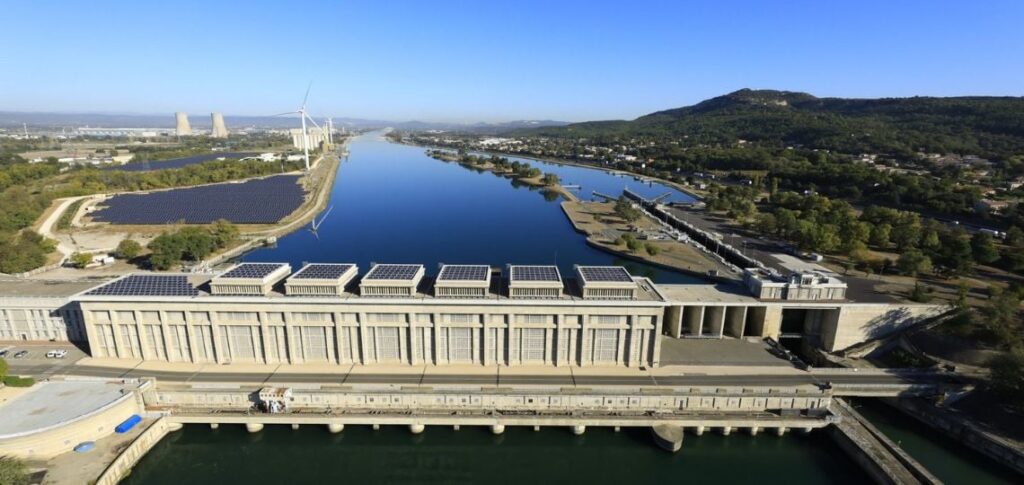After reaching a five-year low in 2023, hydroelectricity is set for a significant revival in 2024 due to increased precipitation and snowmelt in key regions. In 2023, global hydropower production was 4,240 billion kilowatt-hours (kWh), down from the record 4,359 billion kWh in 2020, but an improvement on 2022. This decline led to more usage of coal- and gas-fired power plants. The outlook for 2024 is encouraging. For instance, China saw its hydropower production rise by 57 billion kWh (16%) in the first five months of the year compared to 2023, according to the National Bureau of Statistics. Abundant rainfall and frequent flooding in southern and central regions maximized the use of newly installed turbines. Brazil also set records with 206 billion kWh generated in the first five months of 2024, surpassing the previous record of 199 billion kWh.
Fossil Fuel Reduction
The rebound in hydropower has major implications for fossil fuel consumption. In China, coal is the main substitute for hydroelectricity, while in Brazil and the United States, it is natural gas. Increased hydroelectric production could significantly reduce the use of these fossil fuels. In the United States, hydroelectric production is expected to rise by 6% in 2024, according to government forecasts.
Overall Impact and Future Prospects
If the rebound in hydropower is substantial, combined with the continued deployment of wind and solar farms, it could mark a turning point in global coal consumption and fossil fuel emissions. By May 2024, China had installed 423 million kilowatts (kW) of hydroelectric generating capacity, up from 370 million kW in 2020, offering considerable potential for increased production if river volumes are sufficient. Brazil’s water reserves in dams were also at high levels, with 101 billion kWh of generating capacity stored by the end of June. Although down from the previous year, this is the highest level since 2012. This trend could significantly reduce dependence on fossil fuels. The return of hydropower in 2024 represents a major opportunity to adjust global energy dynamics. This revival, coupled with the increasing wind and solar capacity, could influence energy markets and long-term supply strategies.
Original Story at energynews.pro
